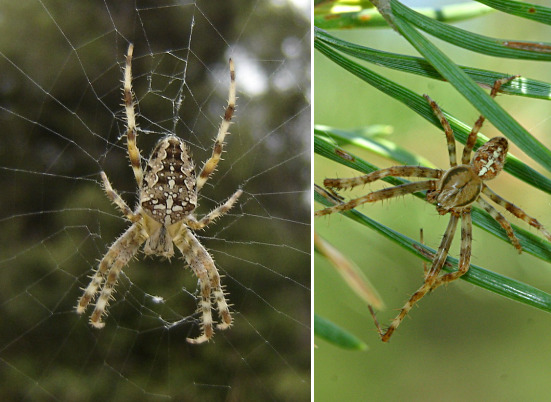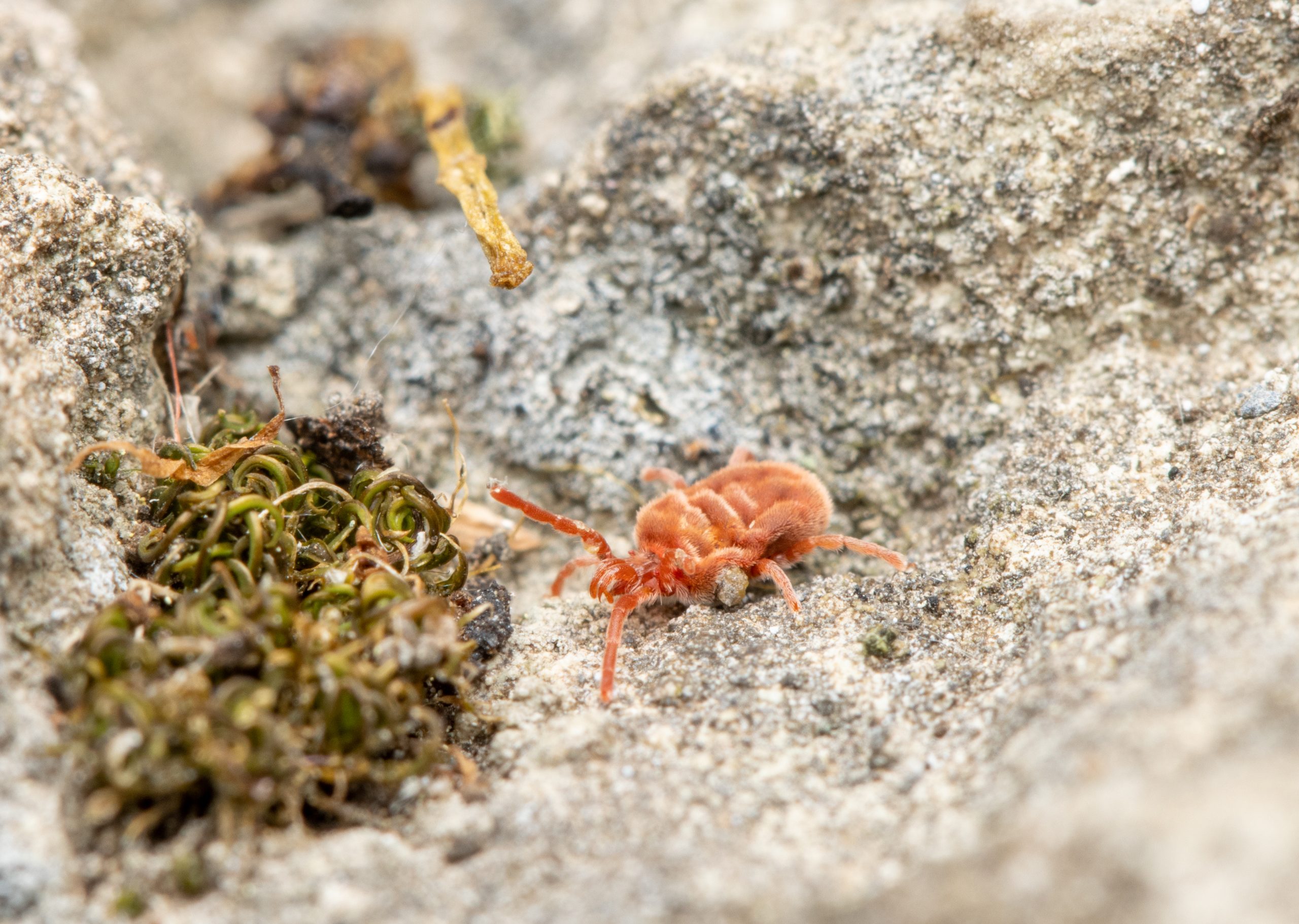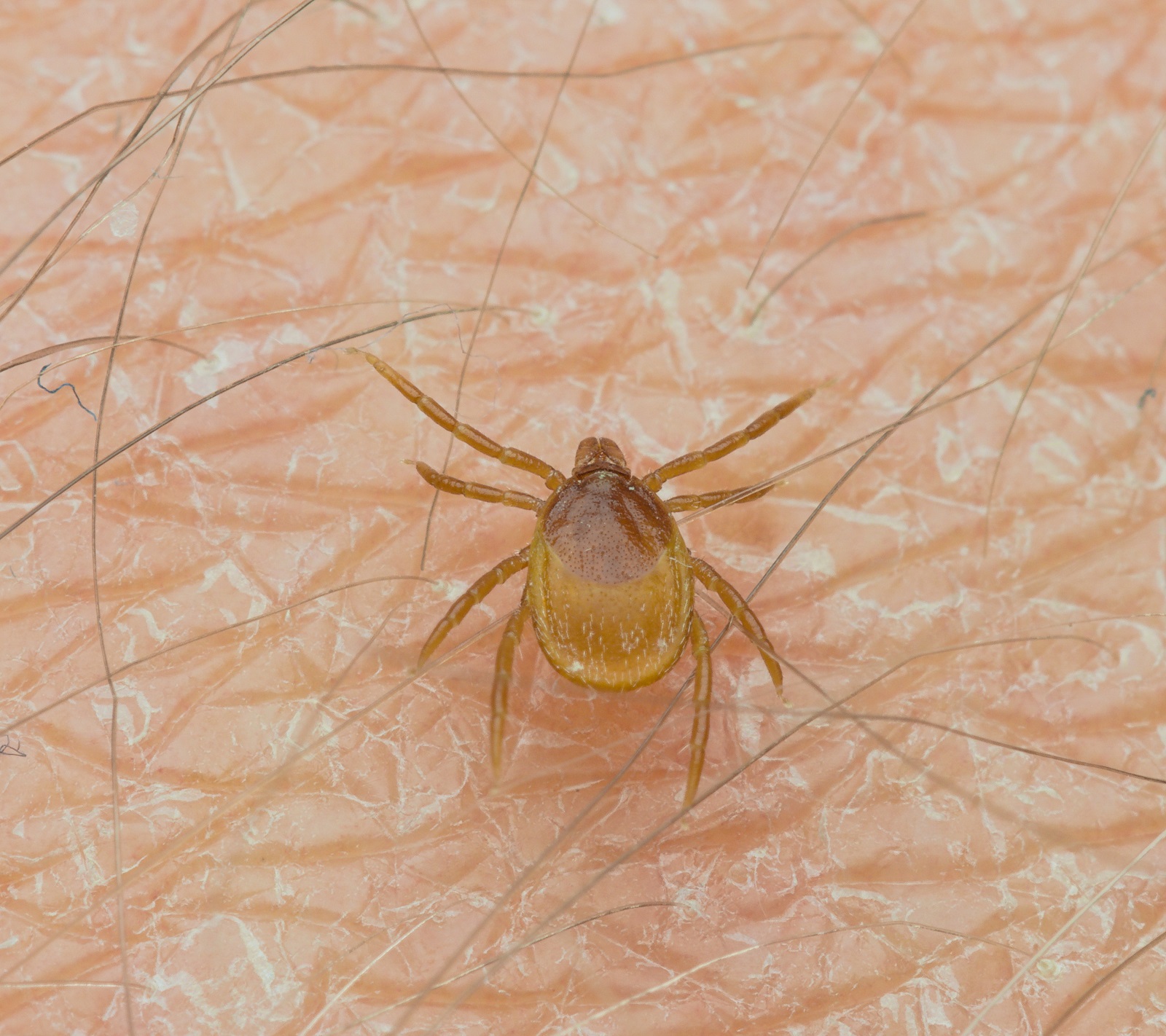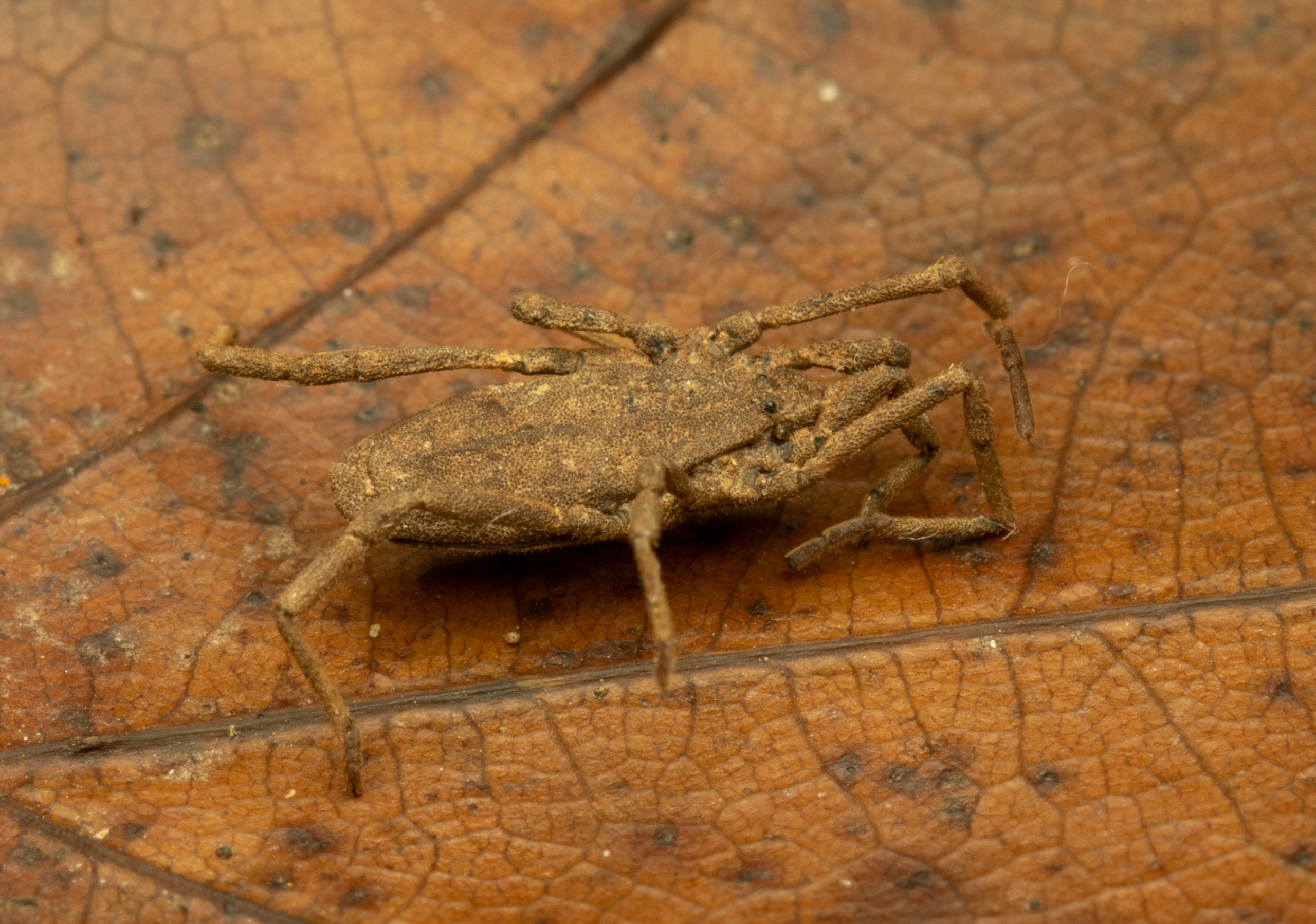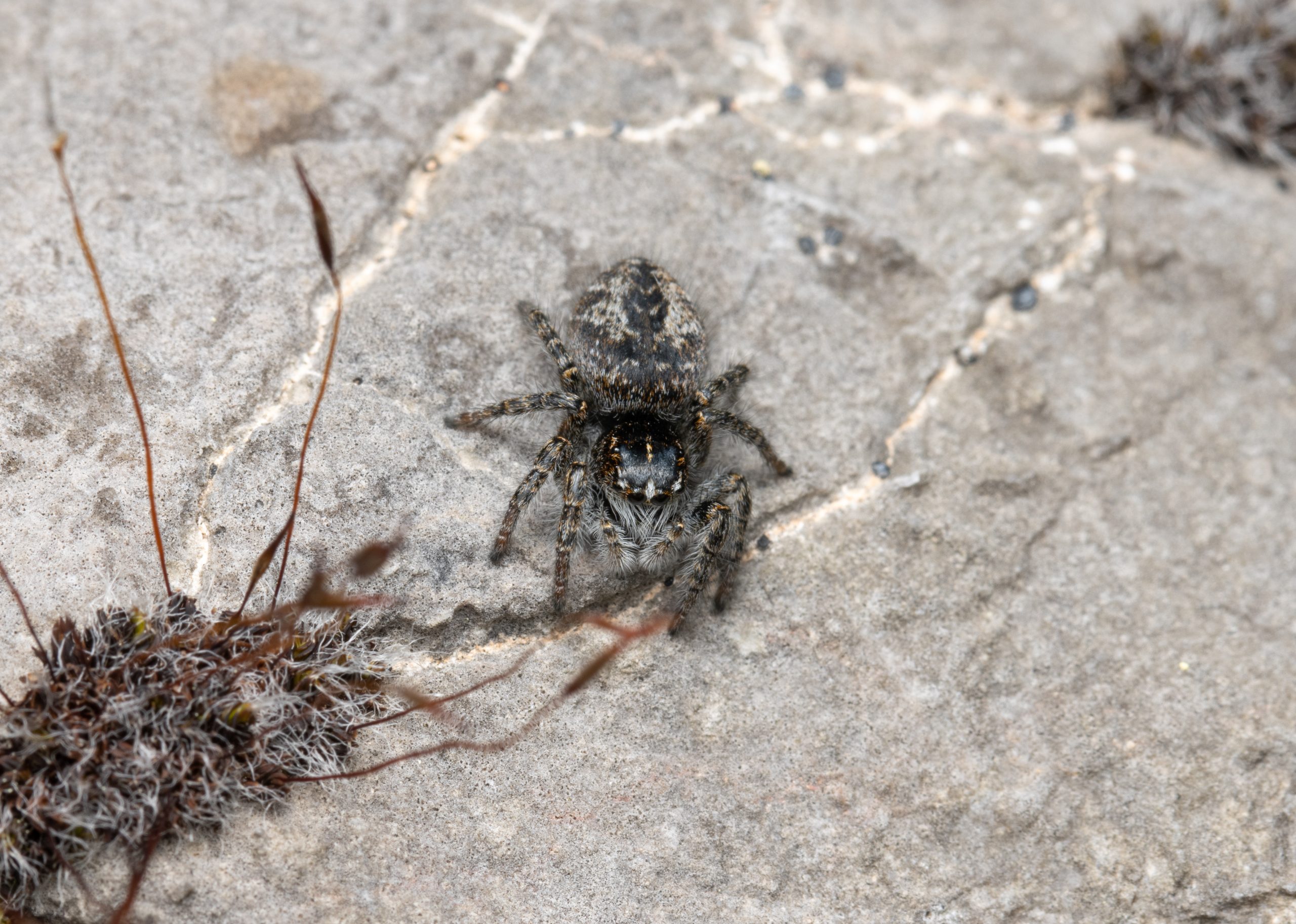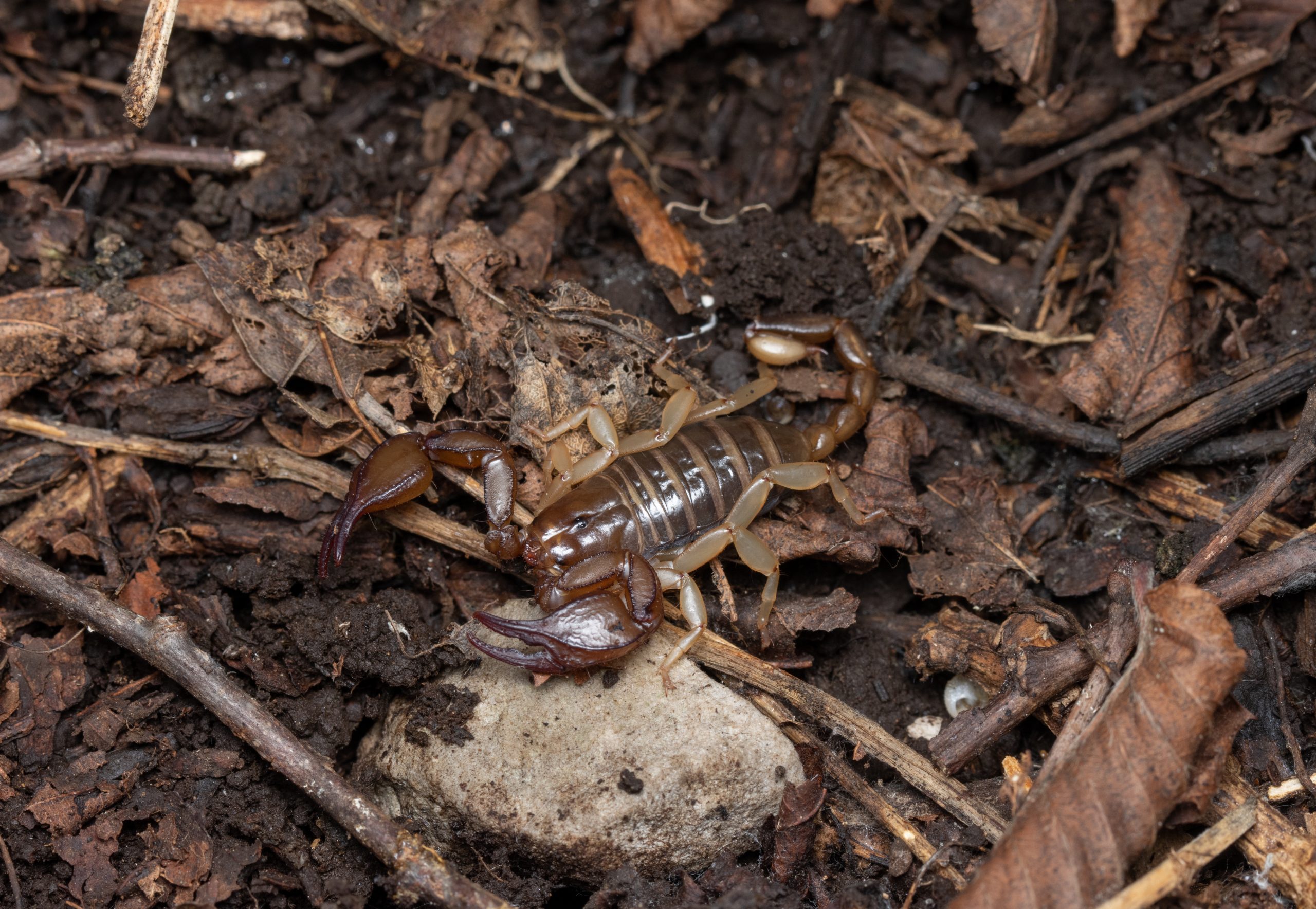- Chelicerata
Araneidae
Orb-weaver spiders are typical spiders. Like other spiders, they have the body divided into cephalothorax (prosoma) and abdomen (opisthosoma) which are connected by a narrow pedicel. The females are considerably larger than males. Females of European garden spider (Araneus diadematus) reach body length between 12 and 17 mm, while the body length of males is between 5 and 10 mm.
The cephalothorax consists of six fused segments dorsally covered by a uniform carapace. Anteriorly on the cephalothorax eight eyes are positioned. The cephalothorax bears six pairs of appendages. The first pair are the subchelate chelicerae modified as fangs capable of injecting the venom. With chelicerae they grab the prey and move it towards the mouth which is located at the base of the chelicerae. The second pair of appendages are the pedipalps. In females these are in the form of short antennae, while in males they function in the transfer of sperm during mating. The pedipalps are followed by four pairs of long walking legs which are covered in short bristles, sensory setae called trichobothria and longer cuticular spines. At the distal end each leg has three claws used to hold onto the web.
The abdomen is round or oval and unsegmented. The abdominal appendages are reduced to three pairs of spinnerets at the end of the abdomen. Through the spinnerets the silk is expelled and under mechanical tension transformed into different types of lines; framework and sticky lines of their orb-webs, lines of cocoons and lines for prey immobilization. On the ventral side of the anterior part of the abdomen a genital opening is located. In females the genital opening is covered by a chitinous plate (epigyne), whose form closely aligns with the shape of males’ pedipalps and prevents individuals of different species from mating. Near the genital opening the book lungs are located and near the spinnerets the tracheae have their opening.
The orb-weaver spiders have a cosmopolitan distribution. With over 3000 described species they are one of the largest families of spiders. In Slovenia 37 species from 19 genera are present. One of them is the European garden spider (A. diadematus), which is distributed throughout Europe from lowlands to the subalpine zone. The species is common in anthropogenic habitats and is easily recognized by its white markings in the form of a cross on the dorsal side of the abdomen.
Orb-weaver spiders catch their prey with their characteristic orb-webs, they catch primarily flying insects. Generally, like other spiders, the orb-weavers are active during the night. Despite their eight eyes their vision is limited; thus, they rely mostly on the detection of air- and substrate-borne vibrations. They ambush their prey at the side or in the middle of the web, with prosoma facing the ground. The web is cleaned and maintained daily. This keeps the web less visible to prey and thus efficient. If the web is damaged considerably, the orb-weaver consumes it and builds anew.
More photos
More info
Araneidae samec
Araneidae samica
Related arthropods

Authors
- Urban Bogataj,
- Gregor Bračko,
- Teo Delič,
- Cene Fišer,
- Žiga Fišer,
- Rok Kostanjšek,
- Rudi Verovnik,
- Miloš Vittori,
- Valerija Zakšek.
Students Vito Ham, Vesna Jurjevič, Gaj Kušar, and Adrijan Samuel Stell Pičman also participated in the project.
